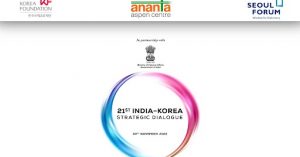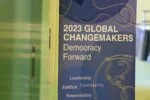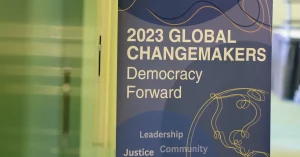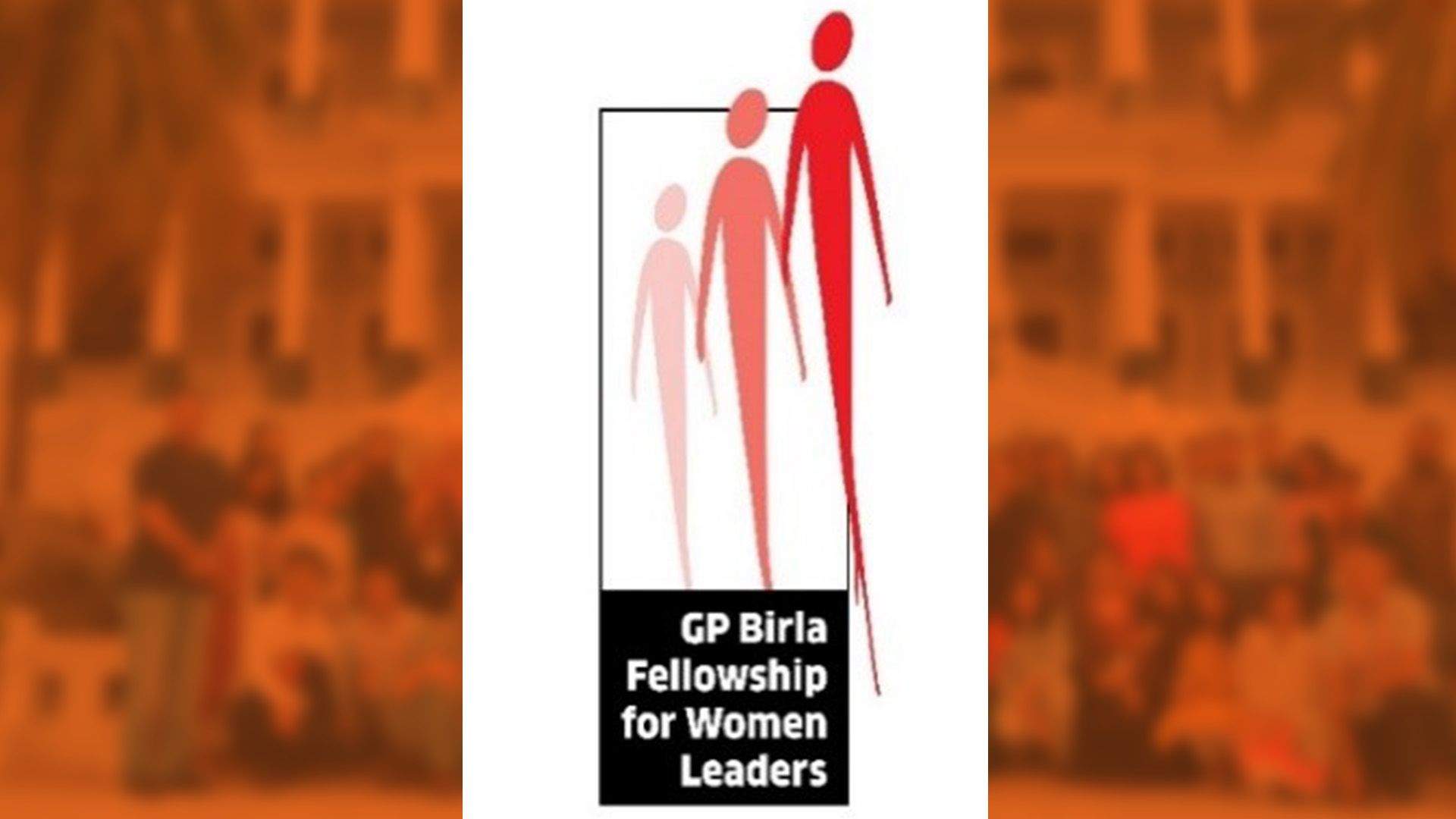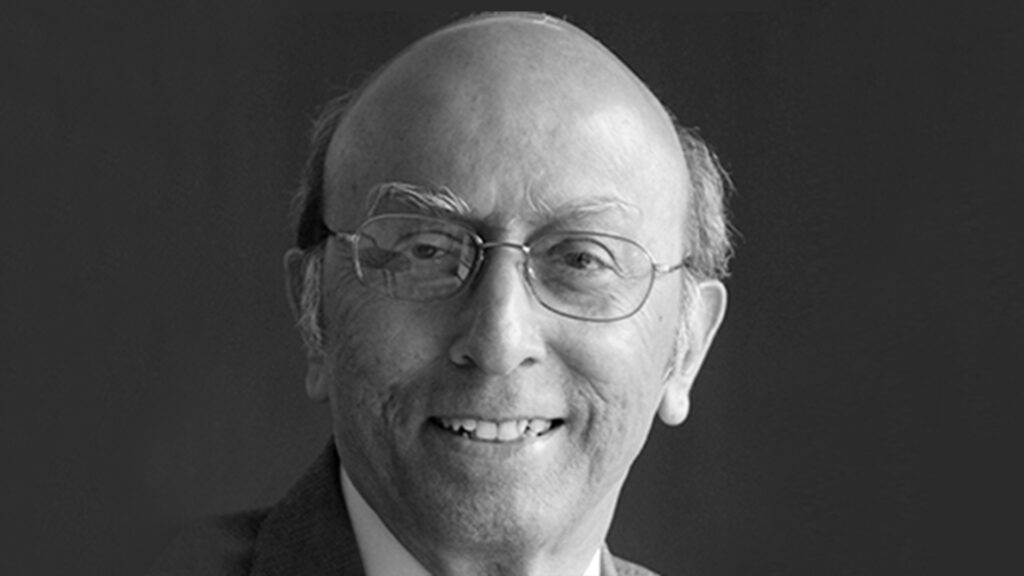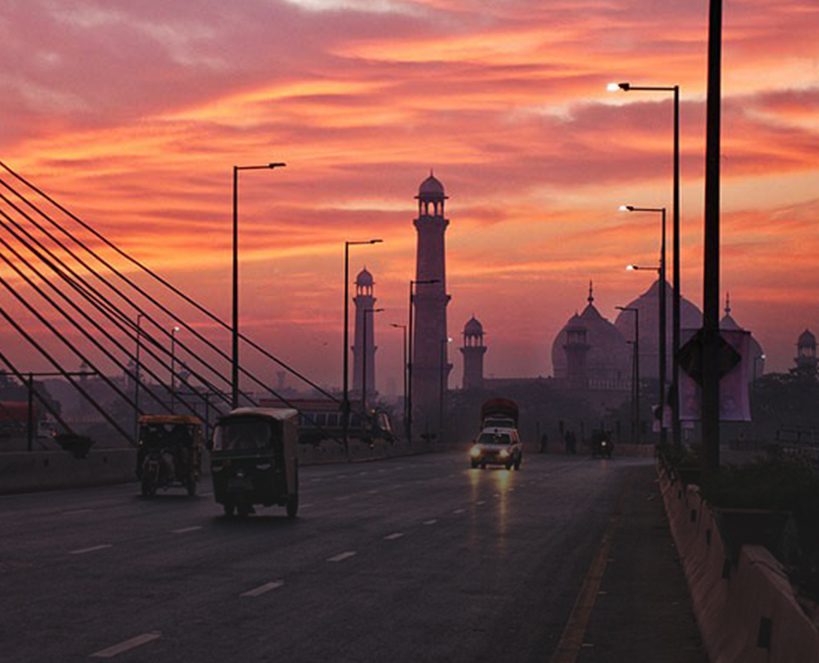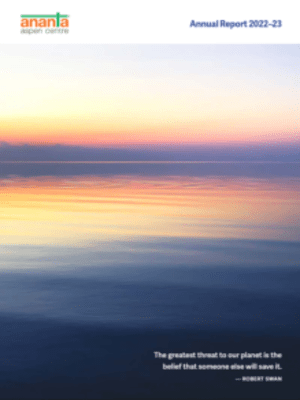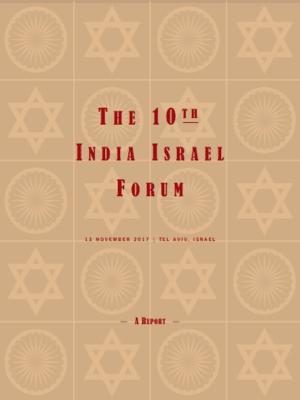Overview
Japan:
• Japan-South Korea Relations Deteriorate
China:
• China’s Reaction to Revocation of Article 370
• Visit to China of EAM Dr. Jaishankar
• Hong Kong
• Taiwan
The US – China Trade and Technology War
• Differences Persist Despite Discussions
Developments in Japan
Japan- South Korea Relations Deteriorate
Over the past few months, relations between Japan and South Korea have taken a sharp downturn and last week the South Korean government announced that it was withdrawing from an agreement to share military intelligence with Japan. The arrangement known as GSOMIA (General Security of Military Information Agreement) was concluded some years earlier at the behest of the United States since it is one of the foundational agreements for and between US allies. The tiff originated some months ago when South Korean courts ordered Japanese companies to compensate Korean victims of Japanese forced labor during World War II. Japan insists it has completed all compensation to South Korea way back in 1965 when the two countries normalized relations. Hence, Japan views the court decision as incorrect. In July, Tokyo tightened export controls on 3 materials crucial for Korean companies manufacturing semiconductors and displays and then went on to revoke Seoul’s preferential trading partner status. Meanwhile, in a popular backlash in Korea there has been a spreading boycott of Japanese products. Although the Foreign Ministers of Japan and South Korea met at a trilateral meeting with the Foreign Minister of China at Beijing recently, it appears that only the United States can bring its two warring allies to see sense and bring this tiff to an end.
Developments in China
China’s Reaction to Revocation of Article 370
China reacted strongly to the abrogation of Article 370 and Article 35A of the Indian Constitution, stating that unilateral changes impacting the boundary issue between India and China are “unacceptable”. In turn, the Indian Government has conveyed our views to China that these changes are entirely domestic and do not have any implications for India’s external boundaries, the Line of Actual Control (LAC) or its territorial claims. The extremely strong China – Pakistan axis was once again seen in action when, on China’s insistence, the matter of India – Pakistan relations was discussed in an informal meeting of the UN Security Council. This act of China’s cannot but be interpreted as an unfriendly one. Particularly, the briefing after the UNSC meeting by China’s envoy highlighting human rights concerns as a matter on which the entire Council had views must be looked on as intemperate. The 2nd Informal Summit between PM Modi and President Xi is on track for October and the leaders will have much to talk about.
Visit to China of EAM Dr. Jaishankar
External Affairs Minister Dr. S. Jaishankar visited Beijing on 12-13 August 2019 for the 2nd meeting of the India – China High Level Mechanism on People-to-People Exchanges. He called on Vice President Wang Qishan and held discussions with State Councillor and Foreign Minister Wang Yi. While explaining the recent move of the Government of India to abrogate Artilces 370 and 35A of the Indian Constitution, the EAM clearly explained that this was entirely an internal matter of India with no implications for the India-China boundary negotiations. He also highlighted India’s views that differences should not become disputes and that both China and India must be sensitive to each other’s core concerns. The Minister is also understood to have discussed details of the 2nd Informal Summit between the leaders of India and China scheduled in India in October 2019. The China – Pakistan nexus has apparently got stronger in the past few years with the implications now becoming very apparent.
Hong Kong
Popular protests in Hong Kong have refused to die down and have now entered into their 12th week. Earlier, the protests had turned their gaze on HK airport which had to be shut down for almost two days leading to the cancellation of hundreds of flights causing much discomfort to passengers who had been stranded there. Staff of Cathay Pacific, Hong Kong’s airline, had also participated in these protests eventually leading to the sacking of some of them and the stepping down of the airline’s CEO. The HK police too have reacted with some ferocity including baton charging protestors and firing tear gas to quell the protests. Apparently, Chinese para military forces have also been gathered together in Shenzhen just across the land border with HK. Chief Executive Carrie Lam finally did announce that she was willing to have talks with the protestors but this is being seen as too little too late. Moreover, the fact that there is no unified leadership of the protestors will be a challenge to such talks. China is pointing the finger at the U.S., U.K. and Taiwan for fanning the flame of these protests. However, using force to quell them will bring forth a stronger international reaction than in 1989 after the Tiananmen incident. Meanwhile, the HK Stock Market index has declined steadily as tourism, business and confidence suffer in the aftermath of the protests. Whether the “one country, two systems” principle put forward by Deng Xiaoping to eventually re-unite Taiwan with the Mainland remains intact still, only time will tell.
Taiwan
The Trump Administration has approved the sale of 66 F-16 V aircraft to Taiwan and Congress is expected to pass this proposal very soon. The Taiwan President Dr. Tsai Ing-wen has welcomed the step as it helps provide the island territory some degree of confidence in its self-defense. As expected Beijing has vociferously objected to this measure as something which violates US commitments to China. Meanwhile, Taipei is also watching developments in HK somewhat nervously and has stated that the events of the last 12 weeks in that Special Administrative Region of China clearly shows that “democracy and authoritarianism cannot co-exist”. Taiwan’s next Presidential election is scheduled for 11 January 2020 and the proposed sale of top of the line aircraft is a shot in the arm for incumbent President Tsai of the DPP. Meanwhile, the opposition KMT candidate has not covered himself with glory in the eyes of many voters by calling on Beijing’s representative to the territory during a recent trip to HK. President Tsai, however, trails slightly in the opinion polls.
The US – China Trade and Technology War
Differences Persist Despite Discussions
President Trump tweeted that he was the “Chosen One” as far as the trade war with China is concerned, implying that he was the only one to have the guts to take on China frontally. Further rounds of discussions are scheduled for September this year. Meanwhile, the U.S. has extended a reprieve for Huawei by another 90 days. Both sides continue to increase tariffs levied on the exports of the other side, indicating that things will not change till a deal is finally done. Both China and the U.S. continue to put up brave fronts although both seem to be hurting. The global economy is close to a recession even as the two largest economies in the world intensify their trade war.






